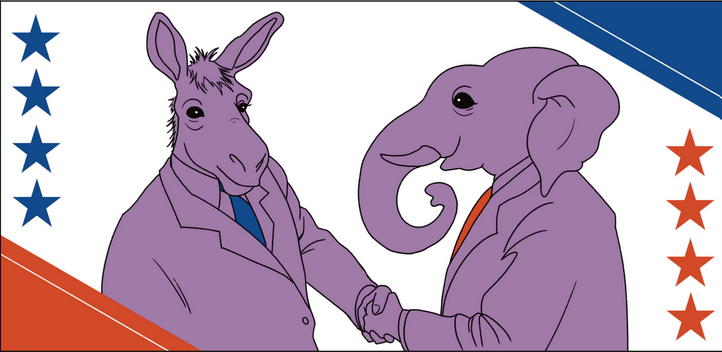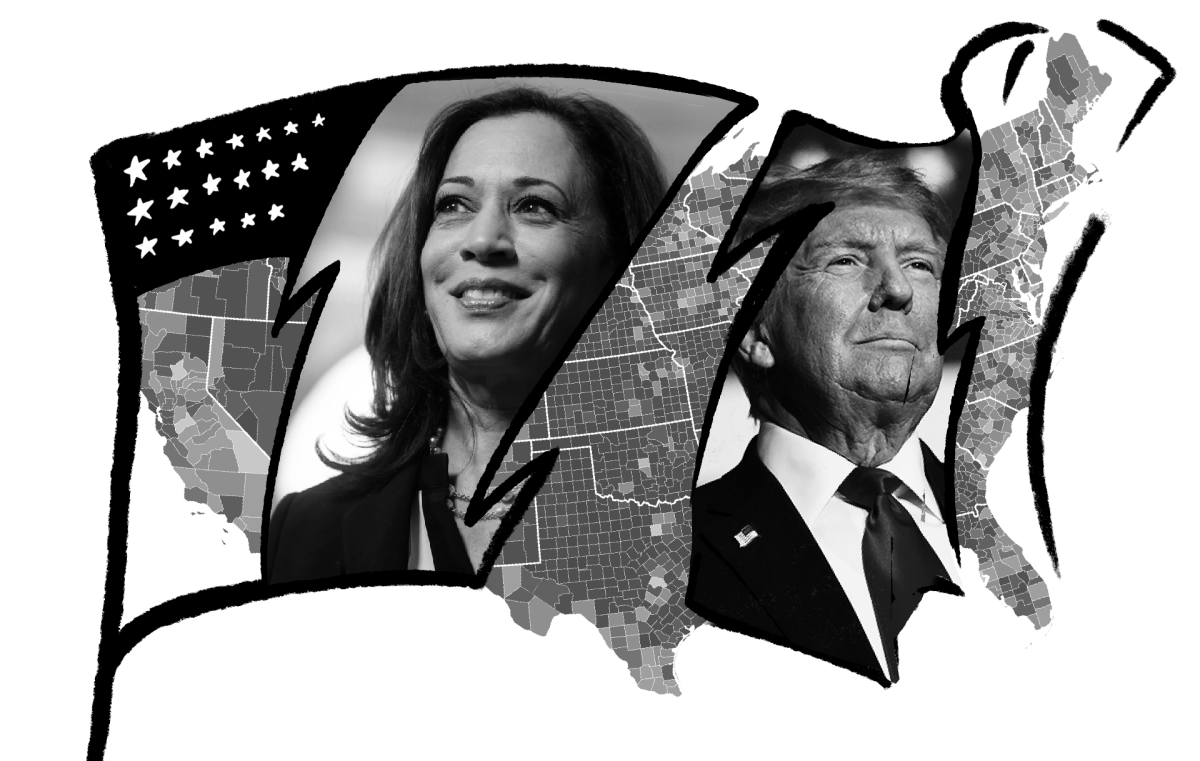
Vincent Pham
[email protected]
Take a look at UCSD’s department of computer science and engineering homepage. Click through the various slider photos and you’ll notice that women are far less represented. There are 21 photos total, but only 4:10 photos have a female subject. Representation-wise, 19 percent of the photos are exclusively female, and 38 percent of the photos clearly have at least one female. What could this have meant gender wise for the 2,174 CSE undergraduates on campus from 2014–15?
It might seem petty to call out the department of CSE for its lack of female representation in its photos. Maybe the $151 million the Jacobs School of Engineering received in 2014 for research couldn’t make room to buy some stock photos of women using laptops. Or maybe the department wanted to show an honest representation of women in CSE at UCSD. And that’s probably the case. Fall 2014 statistics from the Office of the Registrar documented 380 female CSE majors. How many males? 1,794. Of the entire CSE undergraduate list, only 17.4 percent were women. So in actuality, the CSE homepage was overcompensating, wasn’t it?
The gender breakdown of CSE majors needs to be more accessible, or at least renamed from “Third Week Statistics.” The department of CSE should publicly display these numbers and make an active effort to change the underrepresentation of women.
When asked why this issue is so prevalent for female CSE majors, Ph.D. student of computer science and former President of UCSD’s Graduate Women in Computing Organization Olivia Simpson said, “You have this image of yourself, and if you can’t place yourself in a situation like … a developer, or someone studying science, you’re just not going to pursue it. And I think a way to solve that is to make women more visible — make this something that young women can see themselves doing.”
Having visual representation of women in CSE can be an effective means to bridging the gender gap. Organizations like WIC encourage women to pursue their talents in CSE. Sixth College senior and president of the Undergraduate WIC Angelique De Castro could vouch for that. She said that her experience at the 2012 annual Grace Hopper Conference was proof that women can make a valuable impact in CSE.
NPR’s Planet Money podcast, episode 576, explains that women had been some of the pioneers of computing pre-1984. The gender-directed advertisements of computers to young boys created a narrative that excluded women from the tech culture at an early age. Planet Money’s assumption holds up, as its graph shows a sharp decline of female participation in computer science from 1984 onward. In 2010, female CSE majors lingered at approximately 17 percent.
To create substantial reform, the department of CSE must invest in programs to extend computer science to young girls all over San Diego, and in particular to young girls of underrepresented demographics and low socioeconomic status. Lastly, change the photos on the CSE homepage. This will not instantly fix the problem, but it will lend significant awareness to ingrained gender differences.







